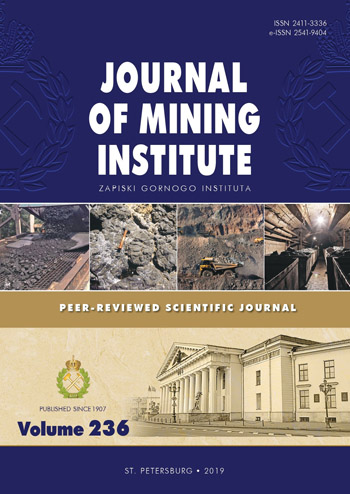Application of automation systems for monitoring and energy efficiency accounting indicators of mining enterprises compressor facility operation
- 1 — Ph.D. Head of department Ural State Mining University
- 2 — Ph.D. Head of department Ural State Mining University
Abstract
The balance of electricity consumption a significant part is occupied by the production of compressed air at the mining enterprises. Many compressor stations of enterprises are equipped with automated parameter management systems that allow reliable, uninterrupted and safe operation of the compressor facilities. But the majority of automation systems at compressor stations do not perform the function of monitoring the energy efficiency indicators of the operation of a compressor station. The article discusses the issue of including compressed air flow sensors (flow meters) in an automated control system of a compressor station, which allows you to control the production of compressed air and the consumption of electrical energy for its production. Monitoring and recording of these parameters makes it possible, using microprocessor technology, to control one of the main indicators of energy efficiency – the specific energy consumption for producing one cubic meter of compressed air, determine how efficiently the compressor station works, and take appropriate measures to reduce specific energy consumption in time. . The use of additional functions of automated control and monitoring systems will allow the development and application of energy-saving measures aimed at improving the energy efficiency of the enterprise, which will lead to a reduction in the cost of finished products and increase their competitiveness
